
5 transport hubs paving the way for the Belt and Road Initiative
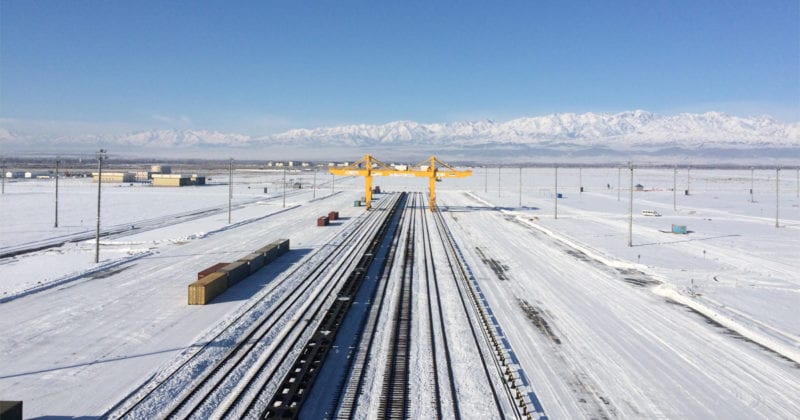
“The future’s coming now, the Belt and Road is how,” the children belt out the song in unison for a music video by state-run newspaper China Daily.
The ambitious multi-billion-dollar trade and infrastructure project, touted as the future of global trade, is well under way as participating nations pump in investments and begin construction works.
Unveiled in 2013, the Belt and Road Initiative (BRI) is a network of economic corridors spanning 65 nations across Asia and Europe, which account for 62 percent of the world population and 30 percent of global gross domestic product (GDP).
With overland routes between China and Europe, overland routes that extend from China into Southeast and South Asia, as well as an enhanced maritime shipping lane that links together emerging ports from China and Europe to Africa, the BRI ties together the myriad markets of Asia, Europe and parts of Africa.
At its root, the BRI is driven by transportation.
Rail has re-emerged as a viable option for trans-Eurasian freight, while air and road freight is being developed along the BRI, with thousands of kilometers of new highways being paved and dozens of new airports sprouting across western China, Central Asia and the Middle East. Together, they form the basis for a new multimodal shipping platform that is disrupting supply chains and fundamentally changing how products get from one point to another.
We take a look at five multimodal transport hubs along the BRI that are key to changing the way goods are moved and distributed across Eurasia.
1. Khorgos, Kazakhstan
Up till five years ago, the city Khorgos did not exist. Then, it was little more than a vast stretch of sand dunes dotted with snow-capped mountains near a remote border station between Kazakhstan and China.
To say that this place is remote is an understatement. Located near the Eurasian Pole of Inaccessibility — the farthest point on earth from an ocean — this is the place that the Greek historian Herodotus claimed as the origin of the North Wind, a mystical land home to creatures that bore the heads and wings of eagles, and the bodies of lions.
The ancient city of Horgos, as Khorgos was previously known, was once a vibrant hub on the old Silk Road. But when these trade routes collapsed, so did the city.
The announcement of China’s BRI in 2013 and Kazakhstan’s Nurly Zhol strategy to pump US$9 billion (€8.03 billion) into modernizing roads, railways and ports in 2014 breathed new life into Khorgos. The city was unearthed from the sands of time and injected with renewed significance to become a major linchpin for both initiatives.
On the Chinese and Kazakhstan sides of the border, new large-scale logistics hubs, industrial zones and residential areas were built in Khorgos, with a sprawling bi-national free trade zone spanning the frontier. The thinking behind this was to revive the old Silk Road.
In a matter of years, Khorgos was re-established as a vibrant hub for trade among nations, economies and people. To the north of Khorgos is Russia, to the south is Pakistan and India, to the east is China, and to the west is the Caucasus, Turkey and Europe beyond — all hungry markets on the rise in the early 21st century.
In Kazakhstan, Khorgos features a 5,740-hectare special economic zone that contains the Khorgos Gateway dry port. This rail transshipment and consolidation hub began receiving its first trains in the autumn of 2015. By 2017, it was seeing 100,000 twenty-foot equivalent units (TEUs) of containers a year beneath its trio of yellow gantry cranes.
Khorgos Gateway is now Kazakhstan’s main port along the trans-Eurasian network, which traverses cities like Chengdu, Suzhou and Zhengzhou in China and Duisburg, Warsaw and Hamburg in Europe.
As a sign of the resurgence of Khorgos, China’s COSCO Shipping and the Port of Lianyungang recently took a 49 percent cut of the dry port — prompting a cascade of investments from other companies in the broader Khorgos Eastern Gate special economic zone.
2. Malaszewicze, Poland
Located on the border of Poland and Belarus — where the European Union meets the Commonwealth of Independent States (CIS) of Central Asia and Russia — Malaszewicze is Khorgos’ counterpart in Europe.
Khorgos moves containers from standard-gauge (1435mm) to broad-gauge tracks (1520mm), while Malaszewicze puts them back onto standard-gauge as they roll on to their respective destinations in Europe.
The main terminal in Malaszewicze is controlled by PKP Cargo, the Polish state-controlled rail operator. Two other terminals — one run by Europort and another intermodal hub by DHL — are on the rise.
Similar to Khorgos, the logistical event of trains switching track gauges as they move between China and Europe has driven broader economic growth in Malaszewicze.
A 40-hectare duty-free and bonded zone has been set up near the PKP Cargo terminal, and a free industrial zone that houses an array of manufacturing and logistics enterprises is already in operation.
Beyond factories and dry ports, the Kobylany New City is also being built near Malaszewicze. It aims to provide housing for 30,000 people and support the current boom in the region’s transportation economy.
3. Chengdu, China
Rising on the back of China’s central government strategies to boost development in the western regions, Chengdu, the capital of Sichuan province in southwestern China, has become a prime logistics hub along the BRI.
Over the past decade, Chengdu has been rapidly attracting a critical mass of high-tech manufacturers with its large supplies of cheap land, lower-cost labor and state-sponsored development zones such as the Tianfu New Area.
Today, the city boasts Fortune Global 500 companies in the likes of Intel, IBM, GE, Microsoft, Siemens and Volkswagen. It is also one of the primary high-tech research and development hubs in China and along the entire Belt and Road — a position that will be further bolstered when a new US$163 billion industrial cluster opens in 2022.
When many of these multinational firms were moving west to Chengdu from cities on China’s eastern seaboard, they faced new logistical challenges, namely the issue of having to ship their products to Europe while located 1,700 kilometers from the sea, where the ports were located.
To tackle the problem, Chengdu in 2013 launched a regular express cargo rail line to Europe, linking the city with Lodz in Poland with a lead time of just 10 days. This was followed by the Chengdu-Central Asia Express Rail line in 2014, and an agreement between DHL and Rail Cargo Group signed in May 2018 to extend the reach of Chengdu’s rail network to Vienna.
Chengdu, as a result, is now among the largest railroad container transportation hubs in Asia.
Beyond rail, Chengdu is also a major air freight transport hub. Shuangliu International Airport moves more passengers and cargo than any other airport in central and western China, connecting 194 cities with 252 routes and handling over 557,000 tons of cargo each year. With the addition of the new Tianfu International Airport in 2020, Chengdu is set to rise in air prominence.
4. Alyat, Azerbaijan
Situated at the halfway point between China and Europe, at the junction of major east-west and north-south transit corridors, the New Port of Baku at Alyat is setting itself up to become a key hub on the Silk Road Economic Belt, the belt prong of the BRI.
The port has set ambitious targets to eventually handle 25 million tons of bulk cargo and over a million TEUs per year.
Sitting on the banks of the Caspian Sea, Alyat aims to provide capacity for sea, rail and road transport within a large-scale free economic zone.
The new port is a station along the Transport Corridor Europe-Caucasus-Asia (TRACECA), which connects Europe with Central Asia and China, and the North-South Transport Corridor, an emerging multimodal shipping route that extends between India and Russia. It also serves as a major driver of the middle transport corridor of the Silk Road Economic Belt that connects China and Europe in just 15 days via the Caspian Sea.
In October 2017, the Baku-Tbilisi-Kars (BTK) rail line went into service. This 846-kilometer railway, which runs from the New Port of Baku at Alyat through Georgia to Kars in Turkey, was previously one of the missing links of the Silk Road Economic Belt’s middle corridor. Now that it is up and running, goods can be shipped via rail to the banks of the Caspian, ferried across, and then sent on to their destinations on the other side.
The railway currently has capacity for one million passengers and five million tons of cargo per year, but aims to up its cargo capacity three-fold once a parallel track is constructed.
5. Hong Kong
For years, Hong Kong has served as the gateway between China and the rest of the world, and is poised to entrench this position with the BRI.
Not only does the city provide China’s trans-continental ambitions with financial services and a vital economic base, it is also a vital transport hub for cargo coming in and out of mainland China.
The significance of the Hong Kong International Airport as an air cargo hub along the BRI has been well-documented. Ken Lee, CEO of DHL Express Asia Pacific, even dubbed it “the international gateway of anything out of China that ships to the rest of the world”.
Hong Kong has air services agreements with 42 BRI countries, which further bolsters its airport’s unique geographic position, being within a five-hour flight of half of the world’s population. It also houses DHL’s Central Asia Hub, which sends out 23 dedicated aircraft and cargo on 800 commercial flights daily.
Over 4.5 million tons of cargo are flown out of Hong Kong annually — a number expected to double once the third runway is completed.
Hong Kong’s seaport also marks a significant node along China’s 21st Century Maritime Silk Road, the maritime component of the BRI. Connected to 470 destinations around the world, the port handles around 20 million TEUs per year, making it one of the busiest in the world.
The newly-opened Hong Kong-Zhuhai-Macau Bridge is set to boost Hong Kong’s role as a road transport hub. Trucks are now able to carry goods directly to and from the ports of Hong Kong to manufacturers and customers in Mainland China in 45 minutes to an hour, shaving nearly three hours off the trip.
By 2050, the countries of the BRI will likely account for 80 percent of the world’s GDP growth, as part of an economic upswing that will come with the new paradigm of connectivity.
ALSO WORTH READING
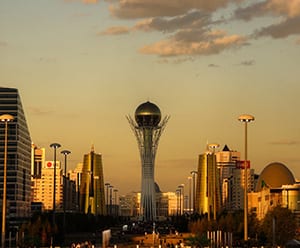

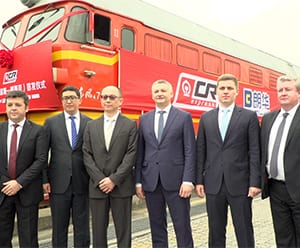
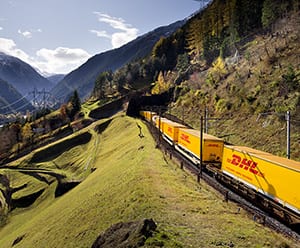
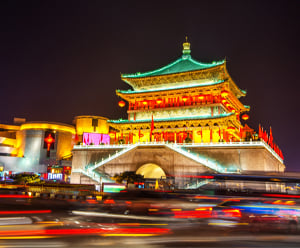


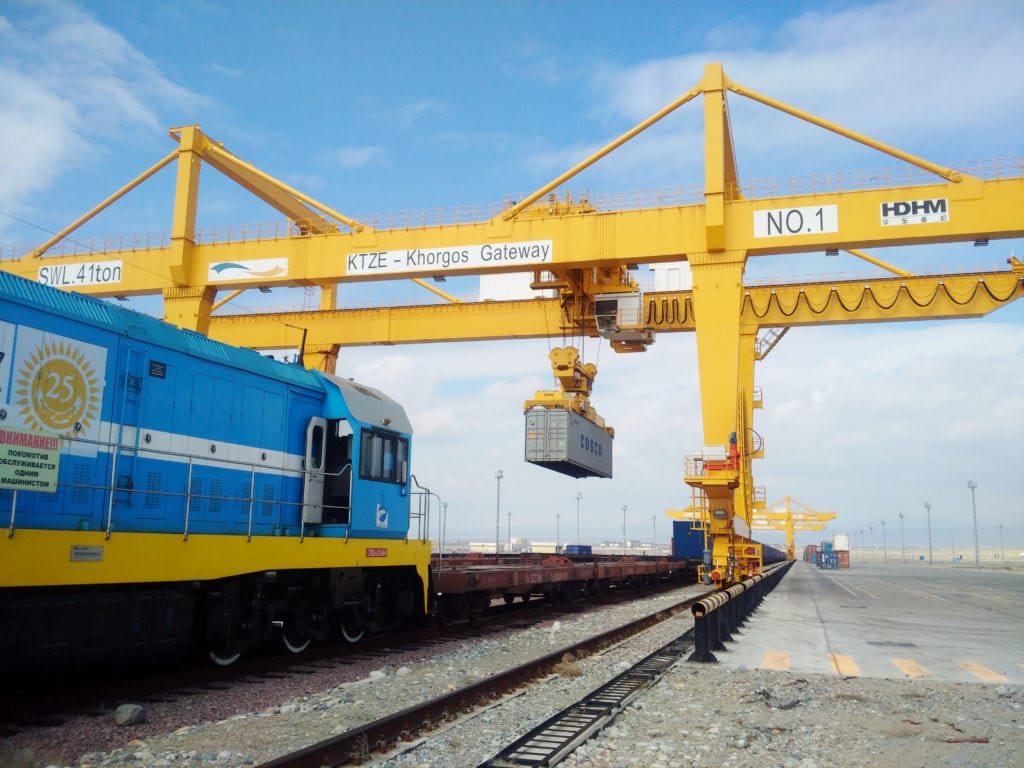

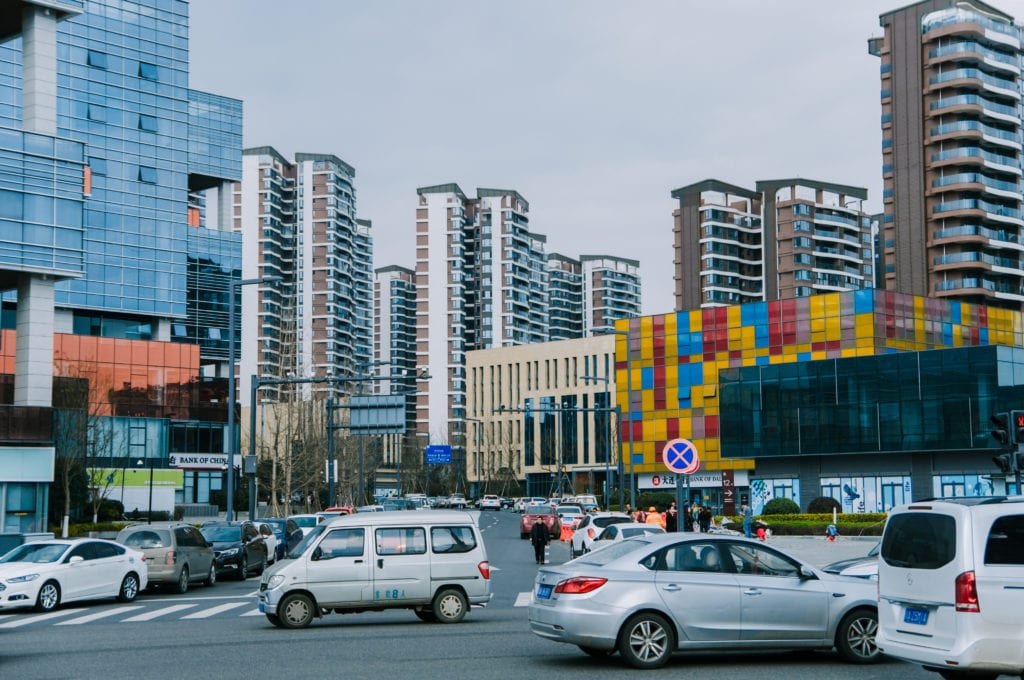
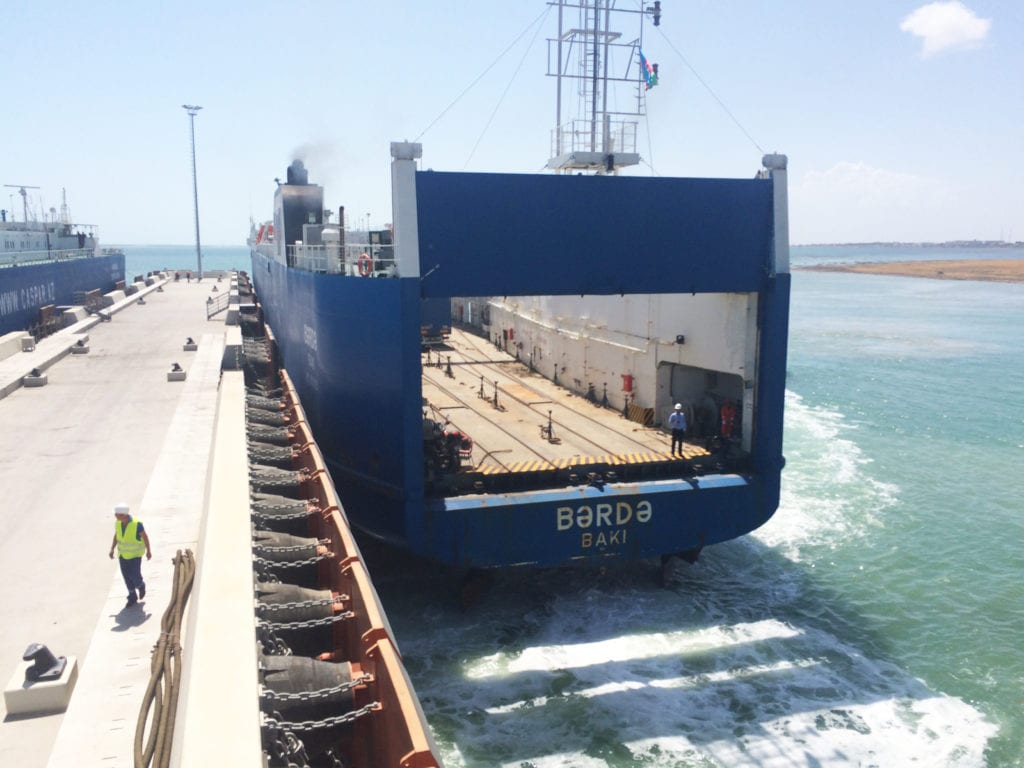
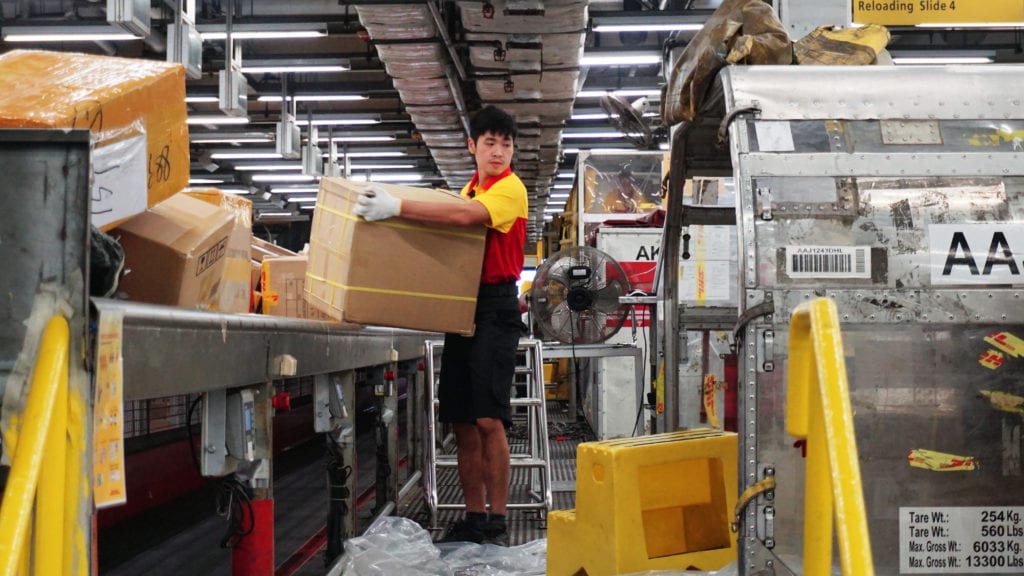




 English
English